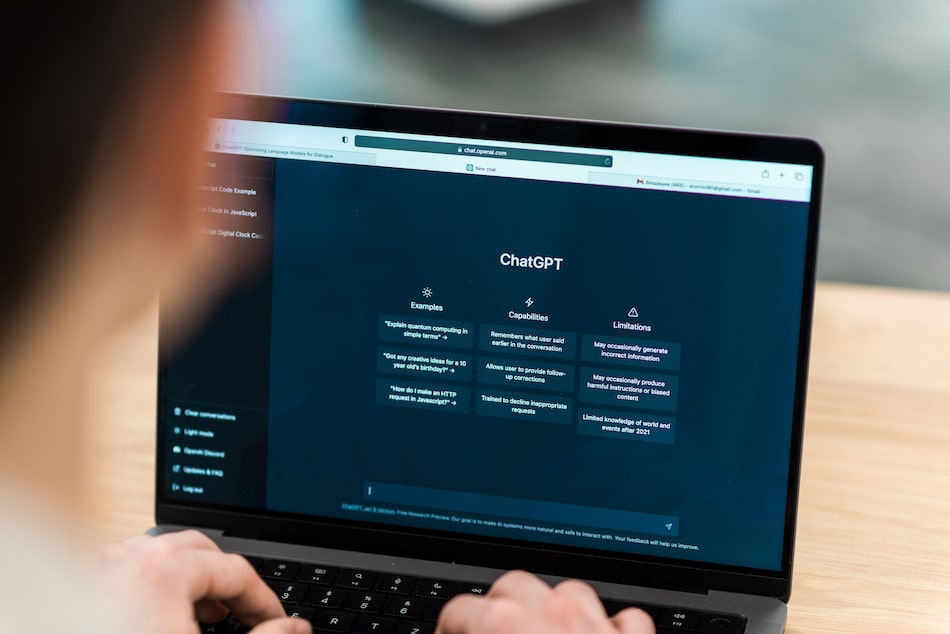Key Takeaways
Dark Reading’s Google Cloud Cybersecurity Forecast 2024 highlighted that new cyberattack trends include AI-powered attacks, deepfakes, next-level phishing attacks, cloud targeting, and zero-day exploits, among others. The cost of these cyberattacks on the global economy is predicted to top $10.5 trillion by 2025. That’s why prioritizing cybersecurity is a non-negotiable for SaaS companies if they want to safeguard their reputation and build customer trust. So, here we outline what SaaS providers can do to adapt to change and address emerging threats.
Understand the Cyber Threat Landscape in 2024
1. Expected Ransomware Evolution
A report from Akamai and Vanson Bourne, ‘The State of Segmentation 2023,’ found that ransomware attacks have doubled over the last two years. And ransomware will remain an ongoing problem for organizations worldwide in 2024, with cybercriminals becoming increasingly sophisticated when leading people to compromise their devices or personal information. The 2024 Threat Predictions report highlighted that it will be difficult for victims and advanced security tools to detect and identify threats as ransomware families are getting smarter and quicker.
2. Advanced AI-Driven Attacks
AI can help detect or neutralize threats through real-time anomaly detection and automated incident responses. However, AI will also enable threat actors to easily locate personal details required for phishing emails and mine databases of stolen credentials to then launch password-based attacks. To avoid the risks, organizations must use strong passwords, control privileged access and invest in identity threat detection and response (ITDR) solutions.
3. Supply Chain Vulnerabilities
Technology advancements mean that supply chains are moving faster and more efficiently. But this is coupled with the ever-present threat of cybersecurity breaches. Third-party relationships are often the weakest link due to third-party access to organizational systems and vendor data storage.
4. Shortage of Skills
Particular skills are needed to protect organizations from cyberattacks, but there’s a shortage of professionals with these skill sets — a trend that doesn’t show any signs of stopping in 2024. Research indicates that 54% of cyber security professionals think that the impacts of the skills shortage have worsened over the past two years.
Recognize the Impact of Cybersecurity Breaches on SaaS Businesses
The most obvious consequences are financial losses, which can stem from incident responses, data recovery, and even legal fees. A breach can also quickly erode trust in a SaaS company and damage its image. Therefore, financial repercussions can also occur from customer churn and impact company profitability.
Cybersecurity breaches can lead to other serious consequences too. Take when Equifax was fined for a preventable data breach back in 2017, where hackers exploited an open web app flaw due to insufficient patch and configuration controls. More recently, the leading SaaS provider, Salesforce, confirmed customers’ data was exposed due to misconfiguration vulnerabilities. It compromised private customer data across multiple sites, including government agencies, healthcare institutions and banks, exposing names and social security numbers.
A tarnished reputation can be a devastating blow for any business, and a cybersecurity breach because of careless oversight can be the quickest way to self-sabotage.
Cyber Risk Management Guide
Best Practices for Cybersecurity Hygiene
For companies to fight off potentially damaging cyber incidents, we’d always recommend analyzing some real-life past examples. For example, Cisco survived a phishing attack thanks to its extensive IT monitoring and remediation capabilities that block unauthorized access attempts and its emphasis on employee cyber security hygiene. Here are seven other best practices to mitigate similar security threats in the future.
1. Regular Software Updates and Patch Management
Regularly applying updates and patches ensures that security flaws are fixed, which reduces the attack surface and makes it more challenging for cybercriminals to exploit weaknesses. Patch management identifies, tests and installs software updates and patches regularly.
2. Strong Password Policies and Two-Factor Authentication
Some companies like Google report great success in overcoming common attack attempts by moving from single-factor to multi-factor authentication (MBA). But be warned, cybercriminals are finding a way around it; MFA fatigue attacks wear down victims until they can’t resist falling for the bait.
3. Employee Cybersecurity Training
With 80% of company data breaches caused by people and employees, human error seems to be the real threat. However, companies can up their game to lower the risks, too: Implementing employee cybersecurity training can limit business disruption caused by ransomware, for example.
This training can be arranged in-house or through vendors. And the tech bootcamp space is really evolving, with 112 programs covering cyber security, web design, product management and data science.
4. Implementation of a Zero-Trust Security Model
Sometimes inundating users with warnings to be careful and requiring attendance at repetitive awareness training can backfire and lead to security exhaustion. That’s why Zero Trust eliminates the inherent trust assumed inside corporate networks and mandates verification before allowing access to sensitive data. Security teams must first understand the most common obstacles to implementing this and strategically limit access.
5. Utilizing AI for Threat Detection
Most security operations center (SOC) analysts at SaaS companies worry they’ll miss relevant threats because of the sheer volume of security alerts. But machine learning can help: It can analyze data from various sources, including network traffic and cloud infrastructure, to identify potential threats more quickly and respond to them in real time before they cause damage.
For example, McAfee Scam Protection combines advanced AI with human threat intelligence to automatically alert teams of dangerous URLs in texts before they click on them. In another case, threat investigation technology can be triggered to automatically launch a deep analysis if it seems a threat actor infiltrates an employee’s account (like Microsoft 365), trying to access sensitive documents from a strange location and at an unusual time.
6. Encryption Strategies for Data at Rest and in Transit
Protect sensitive data in transit with SSL/TLS (Secure Sockets Layer/Transport Layer Security). This communication protocol creates a secure connection between a client and a server and encrypts the data exchanged between them. To use SSL/TLS, you need a digital certificate from a trusted authority.
To encrypt data at rest, instead, employ a cryptographic algorithm that converts data into a cipher text that can only be decrypted with a key. Symmetric encryption uses the same key for encryption and decryption, while asymmetric encryption uses two keys: a public key for encryption and a private key for decryption.
7. Incident Response Planning
Every organization needs an incident response plan that aligns with its mission, size, and structure. The plan should also indicate who from each department will deal with the aftermath of attacks, how often incident handlers should be trained, and what steps to take in case of a data breach, an insider threat or a ransomware attack, for example. Revisit the plan once or twice a year to ensure it is always up to date.
Don’t Forget To Leverage Cybersecurity Frameworks and Insurance
The age and maturity of your business will influence how you choose between the established cybersecurity frameworks NIST CSF or ISO 27001. If you want to get your cybersecurity system certified, ISO 27001 is the way to go. However, many companies start with the more affordable option, NIST, and move to ISO.
Next on your list should be purchasing appropriate cyber insurance. With cyberattacks leading to increasing payouts, insurers will start demanding organizations have stronger security measures to get a policy or reduce premiums. These requirements could include MFA, patch management, regular security training or other ideas we listed in the section above.
Once that’s in place, solid cyber insurance can protect you from third-party lawsuits relating to cyberattacks, ransomware, and data breaches. Plus, some policies can support data restoration and reimbursement for income lost, for example, from regulatory fines. What’s more, in 2024, we may see more insurers partner with managed service providers (MSPs) to ensure at least a minimum level of security at small and medium companies.
Cybersecurity is no longer just an IT consideration at SaaS companies; business executives, including CFOs, also need to play a role, especially in managing the financial costs of cyber threats. Some SaaS companies have already successfully avoided cyber threats, and reviewing these examples can help guide other companies’ response planning. But if you are still unsure where to start to enhance your cybersecurity posture, it’s time to do a policy analysis to ensure comprehensive insurance coverage at the very least.
Insurance Rebuilt, End-to-End












